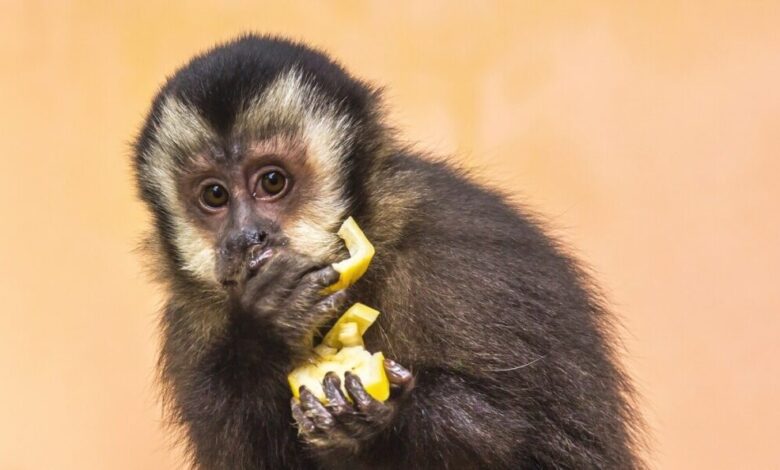Mother Nature’s Pranksters: Understanding Monkey Behaviour & Communication

Have you ever mused on Queen’s song where Freddie Mercury immortalised the curiosity of our furry cousins in the lyric “monkey for sale business on a sunny afternoon?” Well, if Freddie’s piqued your interest, keep calm, brew a cuppa and buckle up. We are setting off on a remarkable journey, immersing in the world of monkeys – Mother Nature’s pranksters whose behaviours and communication are as complex as a riveting BBC radio drama.
Monkeys, much like humans, boast complex behaviours making them intriguing subjects for anyone interested in animal behaviour or having a cheeky pint down the pub and discussing all things nature. They’ve been known to display a range of emotions, including joy, fear, anger, love, and, quite often, a sense of mischief. They’re also incredibly social animals, gathering in groups or ‘troops’, bustling with interactions as lively as a spirited family gathering at Christmas.
Much as we humans have diverse ways of communicating besides our borage of accents, from Scouse to Cockney, monkeys communicate using an intriguing mix of vocalizations, body movements, and facial expressions. They could easily carry off as the linguists of the primate world! When a monkey gives a sharp bark, it’s typically a sign of danger – quite similar to shouting ‘duck’ as a cricket ball comes hurtling towards you at a village game.
On the other hand, cooing sounds often signify contentment or comfort, not unlike us singing a lullaby to a child. It’s a symphony of calls and responses, each with a distinct meaning, creating an incredible sound map that guides monkey interactions. It’s compelling to view these vocal cues as a language, albeit without the grammar and syntax of English, but a language nonetheless to navigate the vast soundscapes of the jungle.
Monkeys also love a good chinwag using body language. Take a Capuchin, for example. They show a playful side by jumping up and down, and when they’re agitated or threatened, they shake their bodies, quite like us wagging a finger in disapproval. Monkeys often use facial expressions to convey emotions too bearing their teeth can suggest anger, or it can serve as a defensive warning sort of a monkey way to say, ‘Not cool, mate. Not cool.’
They are even known to engage in ‘deceptive behaviour,’ a fancy term for playing tricks on each other. For instance, a monkey might fake a call indicating a predator’s nearby, causing a scramble for safety, while the prankster gets to the food. If that doesn’t remind you of a cheeky sibling stealing the last custard cream while you’re distracted, I don’t know what will.
We can’t discuss monkey communication without touching on their impressive grooming behaviour. It’s not just about cleanliness; it’s as good as a chat over a pint about last night’s football match. Grooming helps forge alliances and affirm friendships sort of monkey way of sending a friend request on Facebook.
Peeling back the layers, their shenanigans, their social chatter, all highlight remarkable cognitive capabilities often overlooked in our view of animals. These creatures, our distant cousins, reveal that the building blocks for complex behaviour and communication may not be unique to us but are a shared vibrant thread weaving the rich tapestry of life on earth.
Next time you find yourself captivated by a nature documentary on monkeys or fortunate to observe them in the wild, take a moment to appreciate the intricate nuances of their behaviour. In the grand concert of nature, these pranksters play a fascinating tune. So here’s raising a toast in our favourite Earl Grey to the mischief, the marvel, and the music of monkeys. Let the melody play on!





